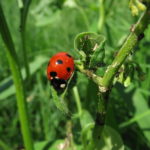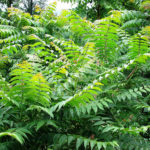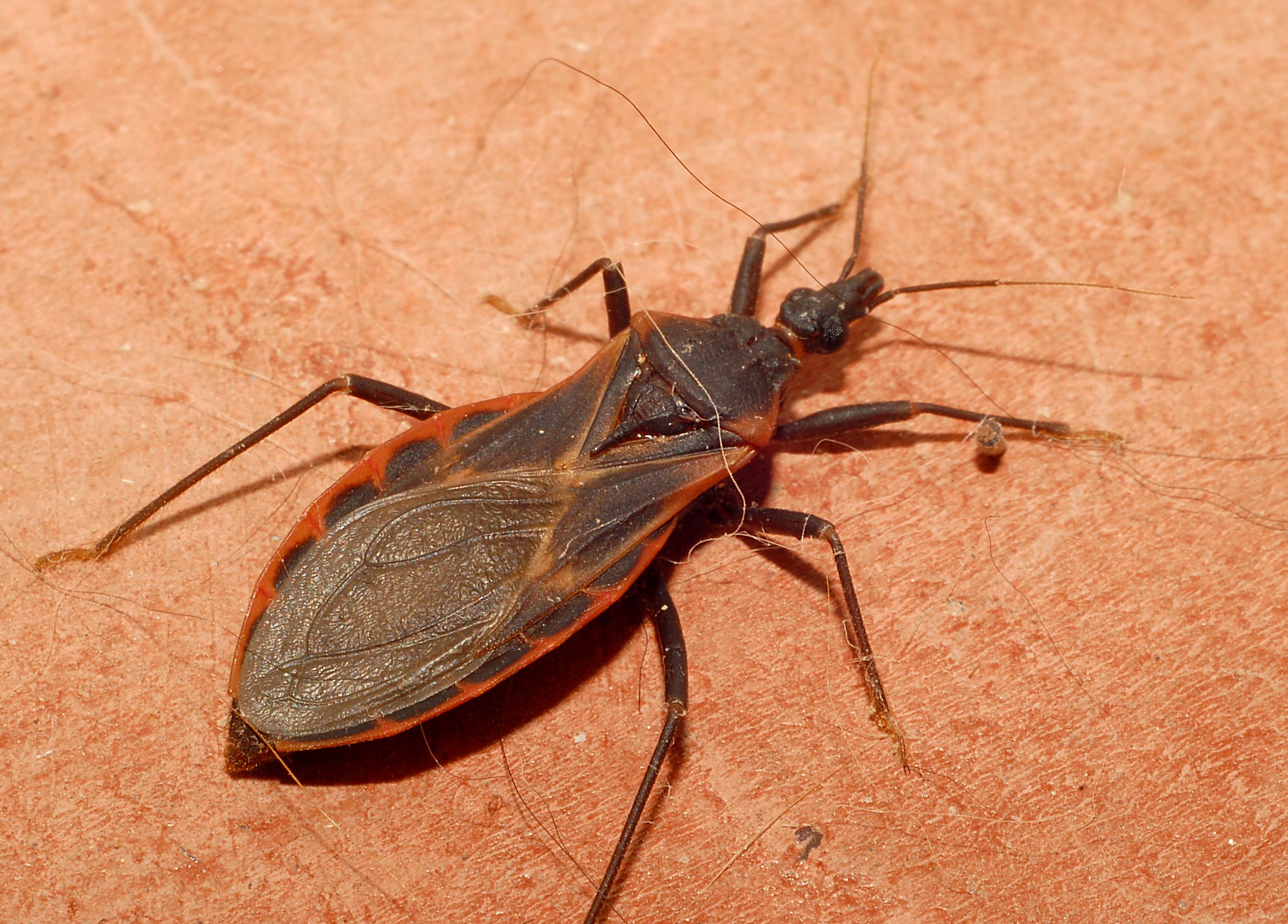
Most Kansas City bugs are simply an annoyance, but a few are downright dangerous. Knowing what you’re dealing with makes it easier to control the most dangerous bug in Kansas City.
Mosquitoes
We have more than our fair share of skeeters in the Midwest. In fact, Kansas City ranks 25th on Orkin’s 2019 list of top 50 mosquito cities. The buzzing pests are more than a nuisance. They’re sometimes deadly due to all the diseases they can carry — Zika, West Nile, dengue, yellow fever, and more. Different regions of the world are affected by different diseases. The most common here are the Zika and West Nile viruses.
The Zika virus got its name from the Ziika Forest of Uganda, where the virus first was isolated in the 1940s. It may cause fever, rash, pink eye, and muscle/joint pain, although most people never develop any symptoms. Women are more at risk than men because infection during pregnancy can cause microcephaly (small head due to abnormal brain development) in the infant. Zika is also linked to other pregnancy complications like pre-term births and miscarriages.
West Nile virus is the leading cause of mosquito-borne disease in the US. Only about one in five people affected come down with a fever, rash, and swollen lymph nodes, and one in 150 develop a serious, sometimes fatal, illness.
The best way to prevent mosquito-borne illness is to prevent mosquito bites. Put on pants and a long-sleeved shirt when outside. Stay indoors during dusk and dawn, if possible. Get rid of standing water around your house. And wear repellent. Those with the chemical Deet are most effective. If you’d rather avoid pesticides, get this: Research shows Victoria’s Secret Bombshell perfume effectively repels mosquitoes up to two hours!
Yellow Jackets, Wasps
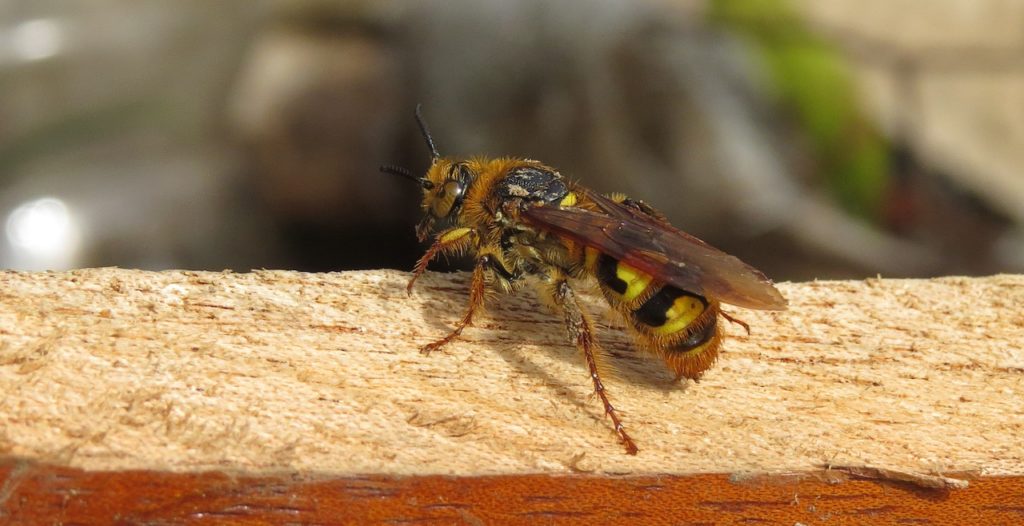

Several species of these flying, stinging insects call the Kansas City area home. Most common are yellow jackets and hornets. They’re feared because their stings hurt and because if you’re allergic, you could find yourself in a life or death situation. The level of aggression in wasps varies.
Yellow jackets are not shy. They diligently guard their nest and are most aggressive during summer and fall. University of Missouri horticulture specialist Tamra Reall says, “Because yellow jackets forage for meats, sweets, ripe fruit, and garbage, they pose a threat to humans even when they are not near their nests. They are usually a problem in picnic areas, orchards and around garbage containers.”
If you are stung by a wasp, wash the area with soap and water and apply ice. If you have an allergic reaction, call 911.
Hornets
Hornets look similar to yellow jackets, but they’re bigger. Hornets are beneficial because they prey on other insects. While they aggressively guard their nests, they normally don’t attack people if left alone. If you do get stung, it will hurt! Their stings are more painful than they typical wasp sting due to the type of venom. However, unless you’re allergic, the sting is rarely fatal.
If wasps are a problem on your property, there are ways to control them. If they’re in an out-of-the-way spot and not bothering anyone, leave them alone (remember, they kill other insects!). However, if they’re a threat to you or your family, your best bet is to hire a professional exterminator. If you do decide to give it a go yourself, treat the nest with insecticide at night. This is when they’re all home and less aggressive. Don’t shake or disturb the nest and make sure to wear protective clothing.
Kissing Bugs
Ah, the kissing bug. Such a romantic name, but don’t let that fool you. These insects (shown above) can be deadly! Officially known as triatomine bugs, they come from Latin America and have been making their way north into the U.S. for years. Yes, they have reached Kansas and Missouri.
Kissing bugs often suck blood from their victim’s faces while they sleep, as they’re attracted to the carbon dioxide we exhale. The bite looks like most other bug bites, but there’s usually a cluster of bumps close together.
What makes these winged insects so dangerous is that they carry a parasite that causes Chagas disease, named for the Brazilian scientist who discovered it in 1909.
Chagas disease
In the early stages, this illness mimics the flu and may include fever, headaches, and swollen lymph nodes. This disease often goes undetected, even as the parasites enter the bloodstream. Up to 70% of victims never show symptoms. Unfortunately for the other 30%, new symptoms can develop 10 to 30 years in the future! These include enlarged heart, colon, and esophagus that can be fatal. Kissing bugs are also dangerous to dogs, cats, and other mammals.
Chagas disease is still pretty rare in the U.S., but you should still take steps to rid your home of the bugs that carry it. Good sanitation and tightly constructed homes help keep the pests away. Seal up cracks leading into the house. Insecticides work well. Use sprays recommended for roach control or consider calling in a licensed Kansas City professional to do the work for you.
Spiders
There are two species of poisonous spiders in Kansas City, the brown recluse and the black widow. Their bites are extremely rare, but here’s what to look out for.
Brown Recluse, Black Widow
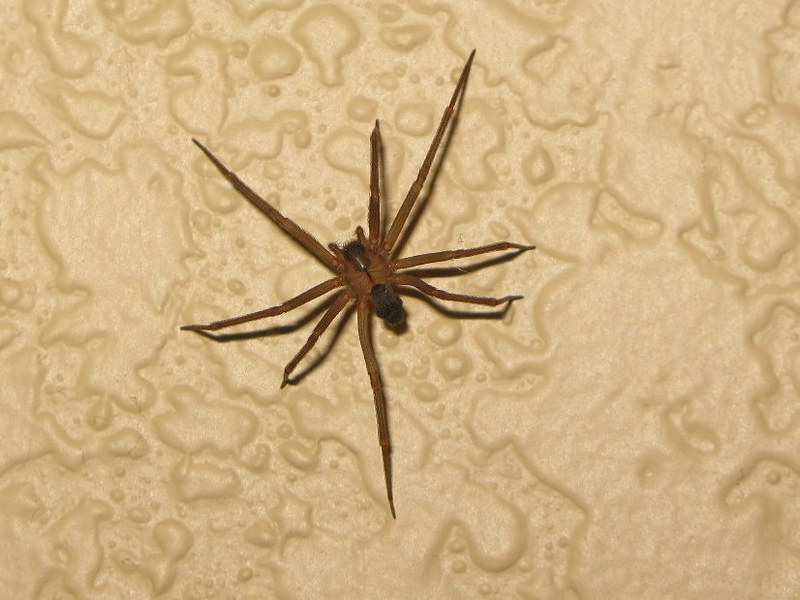
Like their name implies, brown recluse spiders prefer to be left alone. They live in closets, under sinks, and in woodpiles. The brown recluse is not aggressive. Most people are bitten when putting on clothing the spider is hiding in. The bite is almost painless, and there is usually little damage. It’s known for its red rings around a black “bull’s eye” center.
For a small percentage of people, the bite causes considerable tissue damage that could lead to amputation. A brown recluse bite is most dangerous to the very young and the very old. Keeping your home clean, vacuuming often, and having it sprayed regularly will help keep spiders out.
The black widow spider is probably the most feared in the U.S. and for good reason. Its venom is said to be 15 times stronger than a rattlesnake’s. The bite is extremely painful and resembles two puncture marks. Victims may suffer nausea, an increase in blood pressure and some paralysis. Like the brown recluse, control includes removing clutter from your home, dusting and vacuuming regularly and frequent pest control.
While these spiders can be extremely dangerous, keep in mind that only one death from a brown recluse bite was reported in the last ten years, and NO deaths from black widows have occurred since 1983. If you are bitten by one, go to the hospital for treatment and take the spider with you in a bag or vial if you can.
is a field specialist in urban entomology at MU extension in Jackson.
Main image credit: Glenn Siplak, CC 2.0.
